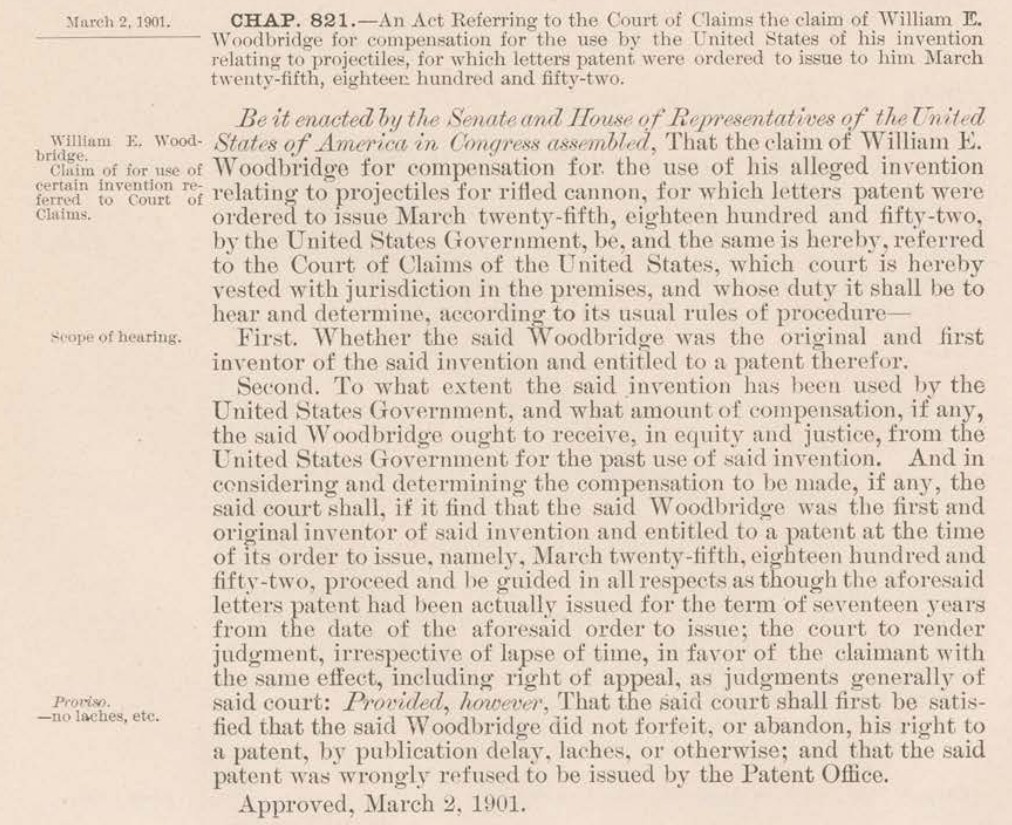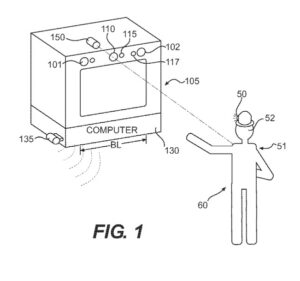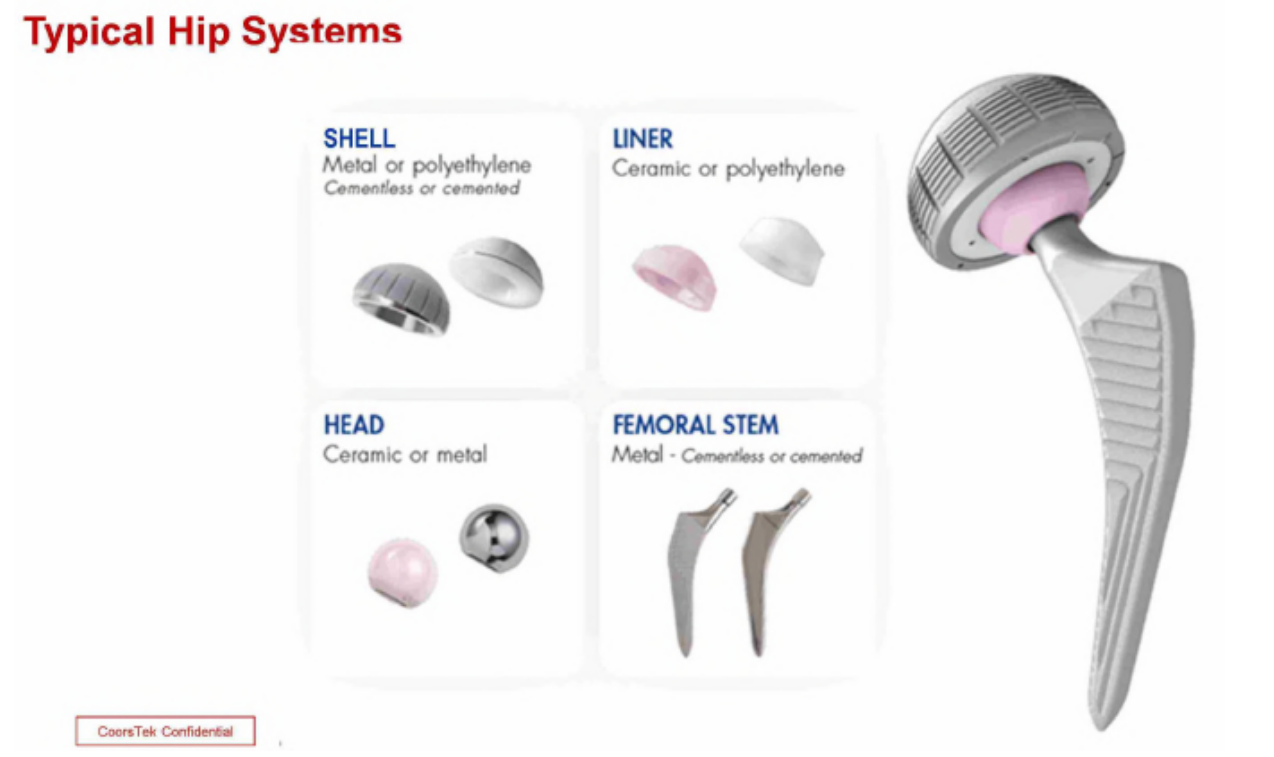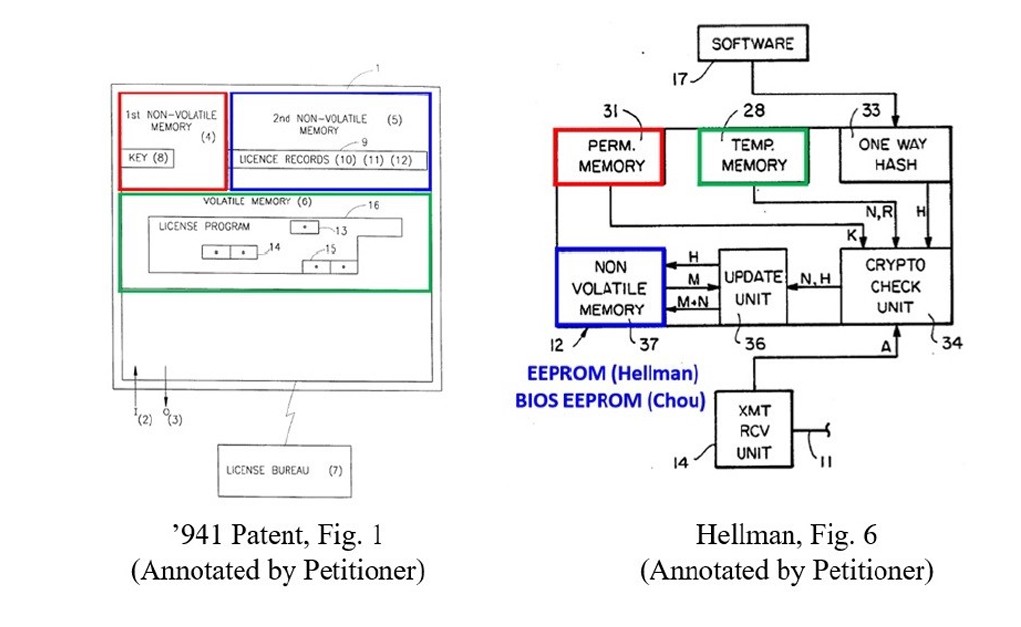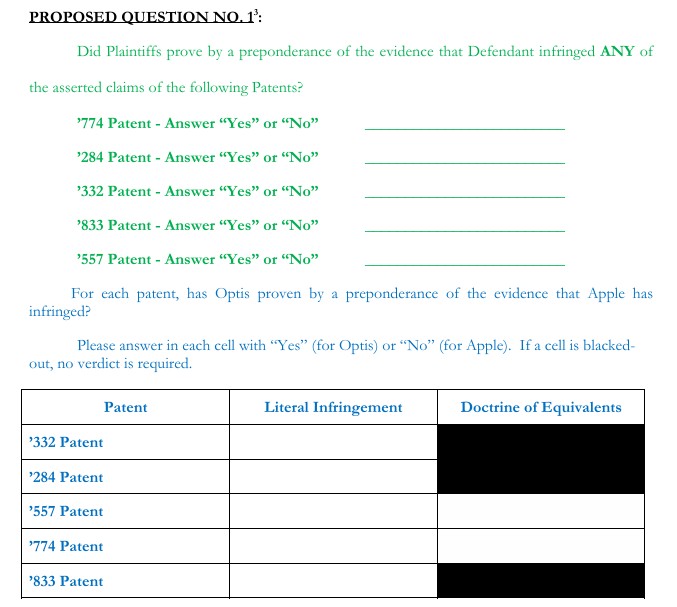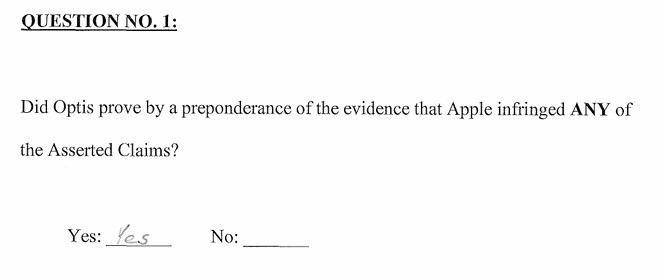by Dennis Crouch
This post digs into the pending mandamus action In re SAP. In the case, SAP raises a constitutional challenge to Director Stewart's aggressive discretionary denial approach -- as a violation of both due process and separation of powers.
- IPR2024-01495 Decision Denying Institution
- IPR2024-01495, -01496 Director Review Decision
- SAP - Mandamus Petition
The IPR statute provides the USPTO Director virtually unreviewable authority to grant or deny inter partes review (IPR) petitions. As part of the initial implementation of the IPR system, then USPTO Director Dave Kappos delegated authority to the PTAB to make those determinations. But, Acting Director Coke Morgan Stewart has substantially shifted the practice in recent months by substantially expanding the scope of discretionary institution denials -- these are refusals to institute IPRs even when the petition raises a substantial enough patentability challenge. Under Director Vidal, one important approach avoid discretionary denial was the Sotera safe harbor, stemming from Sotera Wireless, Inc. v. Masimo Corp.. In Sotera, the petitioner stipulated that it would not pursue in the parallel litigation any invalidity ground that it could raise in the IPR, thus eliminating most potential overlap in issues between the IPR and any parallel litigation. This broad stipulation (often called a “Sotera stipulation”) became a de facto safe harbor that was then formally embraced by a 2022 memorandum by Director Kathi Vidal. That memo clearly stated that the the Board would not discretionarily deny institution” in two key situations: (1) when the petitioner agreed to a broad Sotera stipulation (foregoing any invalidity arguments in court that could have been raised in the IPR), despite ongoing parallel litigation, or (2) when the petition presented a “compelling” unpatentability challenge. This interim guidance operated as binding agency internal policy that curbed Fintiv denials and reassured petitioners that certain bright-line safe harbors would be respected. The result was a substantial decrease in discretionary denials.
Fast forward to 2025 and dramatic policy changes by Acting Director Coke Morgan Stewart substantially increasing discretionary denials. In particular, Stewart rescinded the June 2022 Vidal memo and ultimately reinstated the broader pre-2022 Fintiv framework. A Sotero stipulation is no longer sufficient to avoid discretionary denials, and Director Stewart has more recently expanded the justifications for discretionary denials, including "settled expectations" where the patent issued 7+ years ago and was not challenged during that interim.
Importantly for SAP, this policy change was applied immediately and retroactively to pending cases. In other words, IPR petitions filed while the Vidal Memo was in effect could still be decided under the new more expansive discretionary denial regime, as long as the PTAB had not yet instituted by the time of the rescission. This is precisely what happened to SAP.
To continue reading, become a Patently-O member. Already a member? Simply log in to access the full post.


